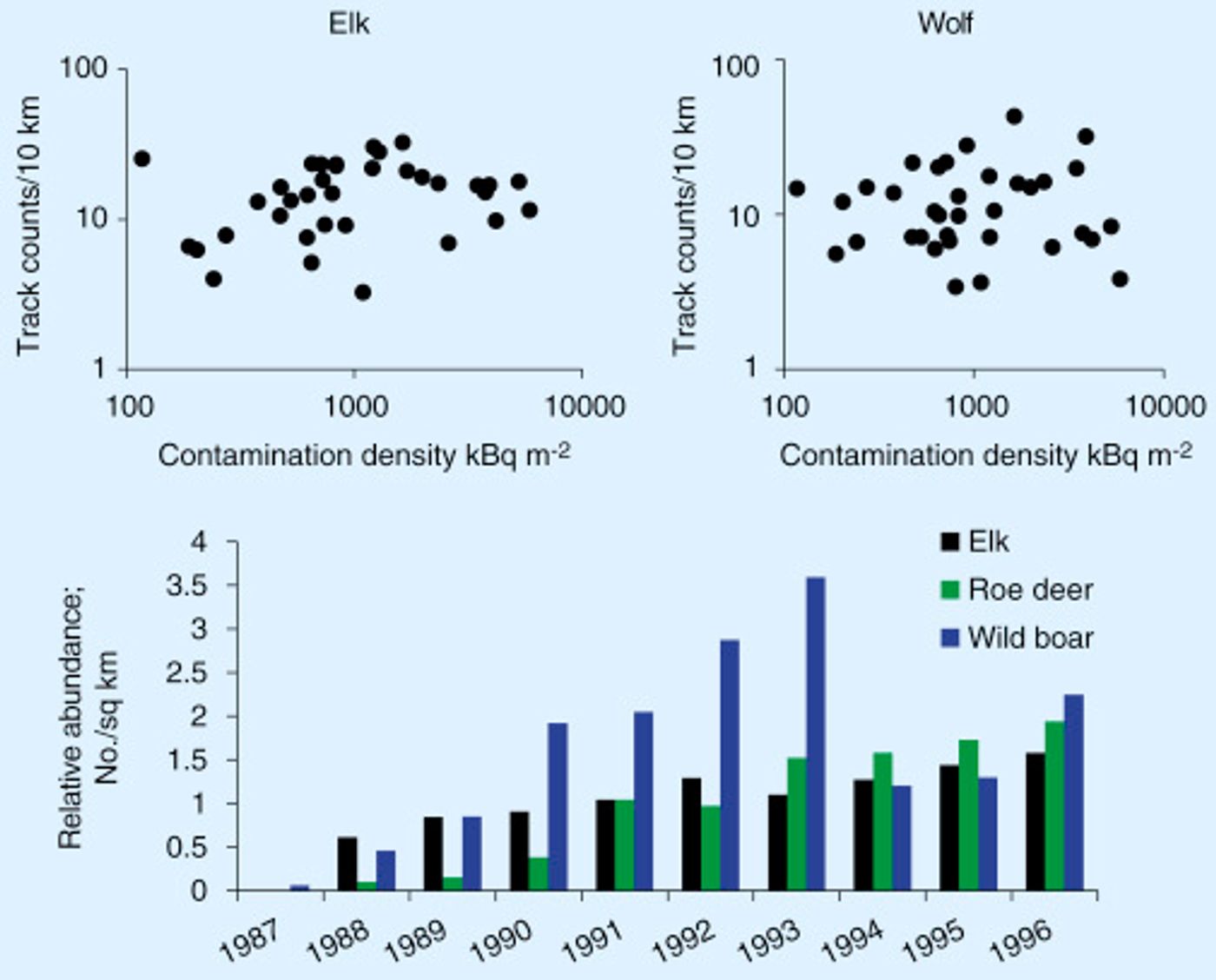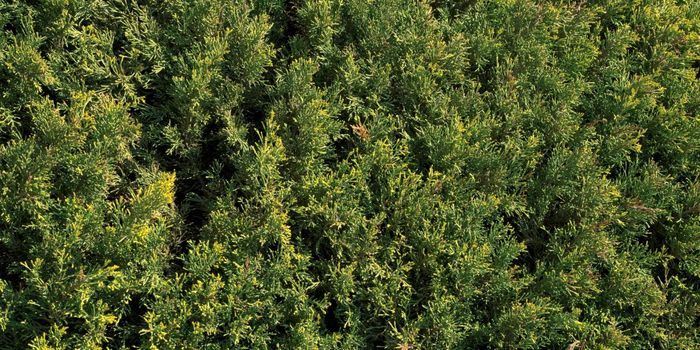Wildlife Thriving in Chernobyl Despite Nuclear Reactor Accident Three Decades Ago
Nuclear power plants are incredibly good at what they do, but when things go wrong, the results are disastrous. That’s why when the Chernobyl nuclear power plant in Ukraine had a reactor accident in 1986, the location became no-man’s land for a good 1,000 square miles. To this day, it continues to be a ghost town in the area… for humans at least.

Radioactivity takes time to decay; it experiences something called a half-life. Although radioactivity may never be gone from the area, the radioactivity will one day reach a safe enough level that it will have little effect on the life around it. At this point in time, radiation levels are significantly lower than they were at the time of the accident, but they still aren’t low enough in many areas for people to move back in.
A recent study performed by multiple universities in a collaborative effort reveals that despite lacking a human population, the Chernobyl grounds are home to all kinds of animals. The findings reveal that animal numbers aren’t all that different in the Chernobyl grounds than they are all around the Chernobyl grounds, which suggests that animals are resilient even despite the radioactive conditions.

Among the animals that are present in the area are elk, red deer, roe deer, wild boar, and wolves. Wolves are taking advantage of the humanless wild roaming grounds to hunt, and as a result, they’re growing in numbers in the area. Some evidence supports that there are more animals in the contaminated Chernobyl grounds today than there were even before the incident, which makes sense being that there has been a lack of human interaction for close to three decades.
"It's very likely that wildlife numbers at Chernobyl are much higher than they were before the accident," said Jim Smith, of the University of Portsmouth, in a press release.
The new data seems to contradict other studies that have been performed in the area in the past, which say that wildlife is actually on the decline. The new data collected by the researchers from various universities was collected via helicopter surveys and long-term census information in the area.
"These results demonstrate for the first time that, regardless of potential radiation effects on individual animals, the Chernobyl Exclusion Zone supports an abundant mammal community after nearly three decades of chronic radiation exposure," the scientists wrote in the journal Current Biology.
The idea here isn’t to say that the surrounding radiation is now safe and that people should move right back in because wildlife is doing fine, or to say that the radiation isn’t having an impact on the surrounding wildlife, but instead to enlighten everyone that human interaction with animals or planetary development can be more dangerous than a nuclear reactor explosion.
"This doesn't mean radiation is good for wildlife," Smith cautioned, "just that the effects of human habitation, including hunting, farming, and forestry, are a lot worse."
Radiation can have negative impacts on the wildlife surrounding the area. Despite surviving, these animals are unlikely to live long prosperous lives like they would elsewhere because radiation breaks down the body, causing cancers and mutations that otherwise destroy cells and growth. It can also cause birth defects in newborn animals and tumors in living ones.
Against all odds, these animals fight reality and go about their daily lives in what they call home.
Source: Current Biology, Discovery News








